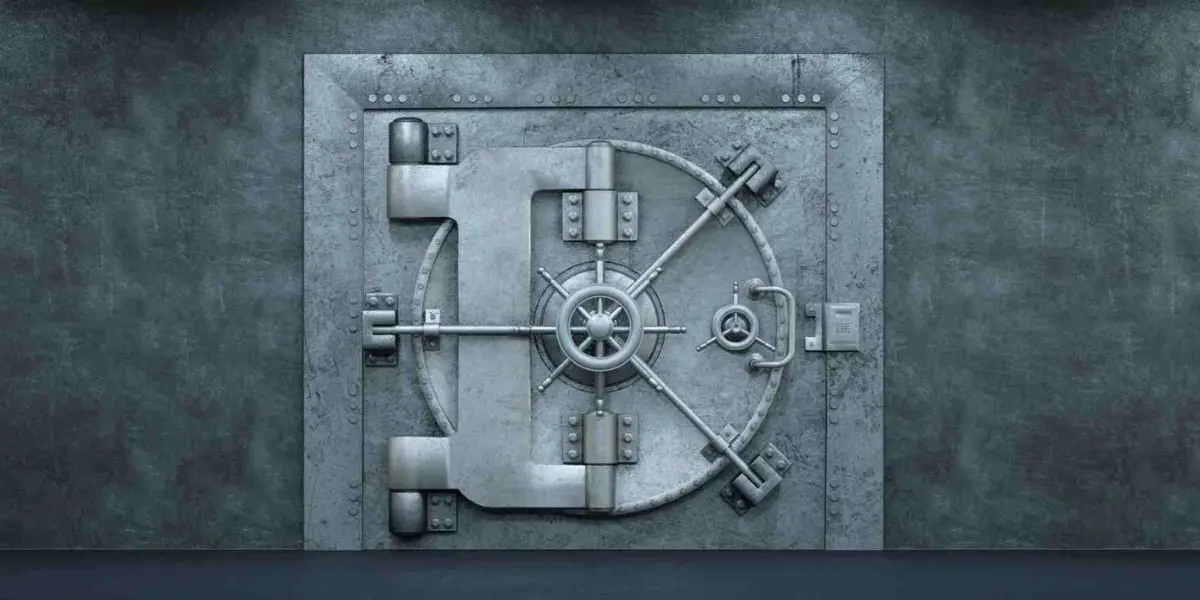1. Regular updates: ensuring up-to-date deposits for your Software Escrow
Regular updates are crucial for maintaining a secure and relevant Software Escrow. By keeping your deposits up to date, you ensure that the most current version of your software is protected and accessible when needed. This is particularly important when dealing with software that undergoes frequent updates or patches to address security vulnerabilities or add new features. A reliable escrow provider should offer digital deposits or direct deposits from GIT repositories, allowing for seamless integration with your existing development processes and minimizing the risk of outdated or missing code.
2. Choosing a secure Escrow Agent: protecting your assets with top security measures
A secure escrow agent is vital for protecting your software assets from threats such as unauthorized access, data breaches, and cyber attacks. In addition to choosing a provider with top security measures, you must also consider their reputation, industry experience, and any certifications or accreditations they may have. For example, an escrow agent with ISO 27001 certification demonstrates a commitment to maintaining the highest standards of information security. By selecting a reputable and secure escrow agent, you can trust that your valuable intellectual property will be well-protected.
3. Opt for a three-party Software Escrow agreement for maximum protection
A three-party agreement is essential for providing the highest level of legal protection for your Software Escrow. This type of agreement involves the licensor (software vendor), licensee (end-user), and escrow agent, with each party agreeing to specific terms and conditions. This legally binding contract ensures that the escrow agent is also held accountable for their actions and clearly outlines the responsibilities of all parties. In contrast, access clauses and two-party agreements may be less robust and leave room for potential disputes or misunderstandings. By opting for a three-party agreement, you’re safeguarding your Software Escrow and minimizing potential legal risks.
4. Include comprehensive documentation: empowering the licensor with essential information
Providing comprehensive documentation within the Software Escrow deposit is critical for ensuring the licensor can effectively utilize the software if it’s released. This documentation should cover how to use and build the source code, any dependencies or third-party libraries required, and troubleshooting guides. By including detailed and well-organized documentation, you’re empowering the licensor with the knowledge needed to make the most of the software and reducing the risk of delays or complications during the transition process. Additional consideration should be given to SaaS escrow, as additional documentation is usually needed to have full access to the platform.
5. Elect for verification: ensuring the Software Escrow deposit meets expectations
Verification is an important step in confirming that the Software Escrow deposit contains exactly what is intended. This process involves the escrow agent or an independent third-party auditor examining the deposit’s contents to ensure the source code, accompanying documentation, and other components are complete, accurate, and functional. By electing for verification, you can identify any potential issues or discrepancies early on, allowing for corrections and ensuring that the deposit meets your expectations. This added layer of scrutiny helps to mitigate risks and provides additional confidence in the Software Escrow process.
6. Additional best practices for Software Escrow
Alongside the aforementioned practices, consider these additional suggestions to enhance your Software Escrow experience:
- Engage in open communication with your escrow provider, ensuring they understand your specific needs and requirements. This enables the provider to offer tailored solutions and services that best suit your situation.
- Periodically review the escrow agreement to ensure it remains current with evolving business and legal landscapes. This can help identify areas for improvement or address new concerns that may arise over time.
- Establish a clear process for release triggers, making it easier to access the software escrow when necessary. Well-defined release conditions can minimize delays and disputes during critical moments.
- When working with multiple software vendors, consider a multi-vendor escrow agreement to streamline the management of your digital assets. This type of agreement consolidates escrow services for multiple vendors under a single provider, simplifying administration and offering a more efficient approach to managing your software investments.
- Opt for an escrow provider that offers an online dashboard as part of its escrow solution so that you always have access to a comprehensive view of all active escrows, update requirements, beneficiaries, payment due dates, etc.
Conclusion
By implementing the tips and best practices outlined in this article, you can effectively protect your software investments and ensure their accessibility when needed. Prioritize regular updates, select a secure escrow agent, opt for a three-party agreement, include comprehensive documentation, and elect for verification. Additionally, consider implementing other recommended practices, such as maintaining open communication with your escrow provider, periodically reviewing your escrow agreement, and establishing clear release triggers. By taking these proactive steps, you can have peace of mind knowing your Software Escrow is secure and well-managed.
In your search for a reliable Software Escrow provider, consider Vaultinum, established in 1976 with a long-standing reputation and extensive experience in the industry. With ISO 27001 certification, military-grade security measures and sovereign private-owned servers, Vaultinum ensures your software assets are safe from unauthorized access and other risks.
As a trusted provider, Vaultinum supports multi-vendor agreements and three-party agreements for maximum legal protection and accountability. We also offer regular updates through digital deposits or direct deposits from GIT repositories, keeping your escrow deposit up to date and accessible when needed. In choosing Vaultinum as your Software Escrow provider, you can have confidence in our expertise and dedication to securing your digital assets. Our adherence to the best practices outlined in this article makes Vaultinum an ideal partner for safeguarding your software investments and ensuring their accessibility when needed.
Disclaimer
The opinions, presentations, figures and estimates set forth on the website including in the blog are for informational purposes only and should not be construed as legal advice. For legal advice you should contact a legal professional in your jurisdiction.
The use of any content on this website, including in this blog, for any commercial purposes, including resale, is prohibited, unless permission is first obtained from Vaultinum. Request for permission should state the purpose and the extent of the reproduction. For non-commercial purposes, all material in this publication may be freely quoted or reprinted, but acknowledgement is required, together with a link to this website.

